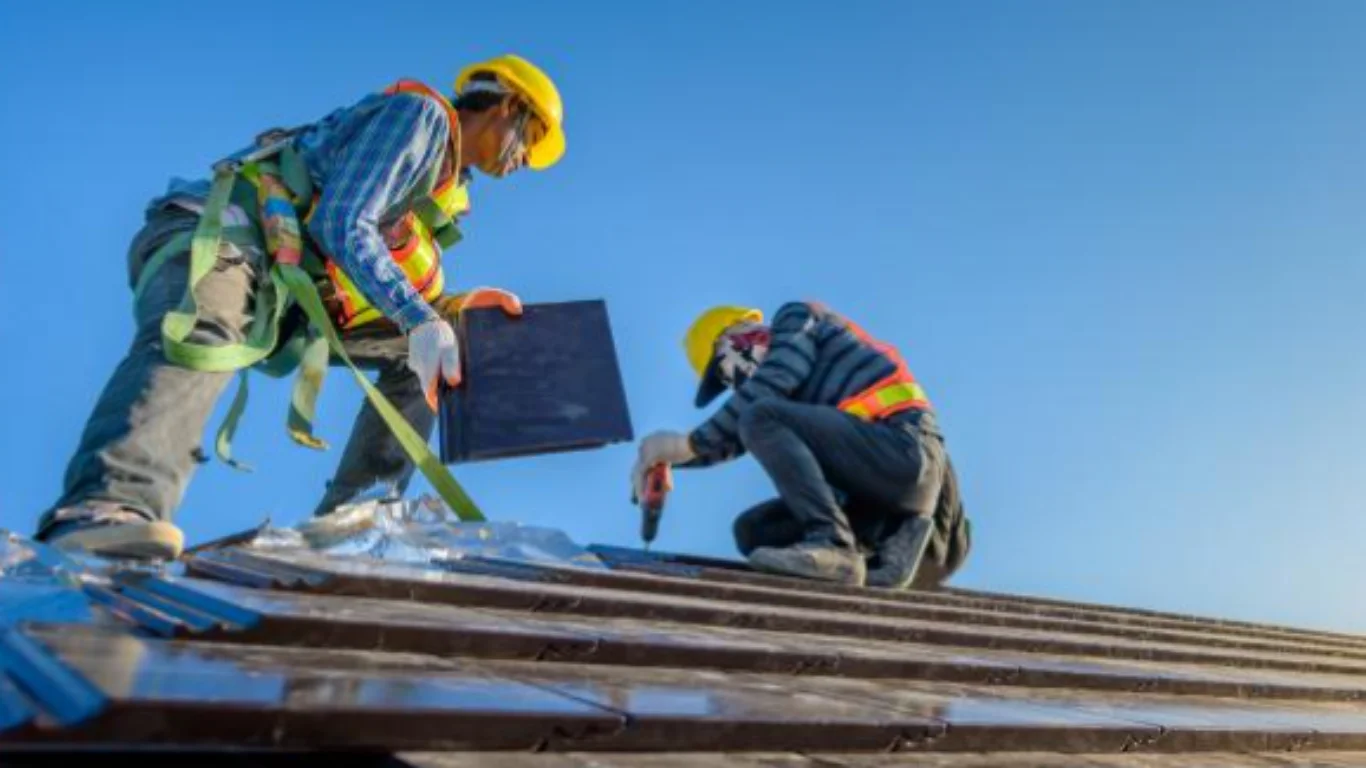Your home’s siding does more than add curb appeal—it protects your house from the elements, insulates against heat and cold, and helps maintain energy efficiency. But over time, even the most durable siding materials can begin to break down.
Deciding whether to repair or replace old siding isn’t always straightforward. That’s where experts like the Custom Installations roofing company come in to offer valuable insight based on the condition of your home.
Let’s break down how to determine the best course of action for your siding.
Signs Your Siding Needs Attention
Before making any decisions, look for visible signs that your siding is deteriorating. Common red flags include:
- Cracks or holes
- Warping or bubbling
- Fading or discoloration
- Loose or missing panels
- Mold, mildew, or rot
- Increased energy bills due to poor insulation
Once you’ve identified the problem, it’s time to decide whether repair or replace old siding—or if a full replacement is the smarter long-term investment.
When to Repair Old Siding
Not every siding issue requires a full replacement. Minor damage may be easily fixed if:
1. The Damage is Isolated
If only a small area of your siding is affected—say, from hail or a stray baseball—replacing a few panels can restore both function and appearance.
2. The Structure Behind is Sound
If the underlying wall is still dry and undamaged, patching or replacing sections of siding is often enough.
3. You’re on a Budget
Repairs are obviously less expensive upfront. If a full replacement isn’t in the cards right now, targeted fixes can buy you some time—just keep in mind this may be a short-term solution.
When to Replace Old Siding
Sometimes repairs just don’t cut it. You should consider full replacement if:
1. The Damage is Widespread
When large sections are cracked, warped, or missing, continual repairs may cost more in the long run than a complete siding replacement.
2. There’s Rot or Mold Underneath
Moisture damage beneath the siding often means structural components are compromised. In this case, repair or replace old siding—and addressing the moisture source—is essential.
3. Your Siding is Over 20 Years Old
Most siding materials, like vinyl or fiber cement, have a lifespan of 20-30 years. If yours is approaching the end of its useful life, replacement may increase your home’s efficiency and resale value.
4. You Want to Boost Curb Appeal
If you’re planning to sell or just want a fresh look, new siding can dramatically improve your home’s appearance and value.
Key Takeaways
- Repair your siding if the damage is minor and contained.
- Replace siding when issues are widespread, structural damage is present, or the material is near the end of its lifespan.
- Always consult a professional roofing company to assess the condition of your siding and recommend the best solution.
Maintaining your home’s siding isn’t just about looks—it’s about protecting everything inside. Whether you need repair or replace old siding, making the right decision now can save you headaches (and money) down the line.







